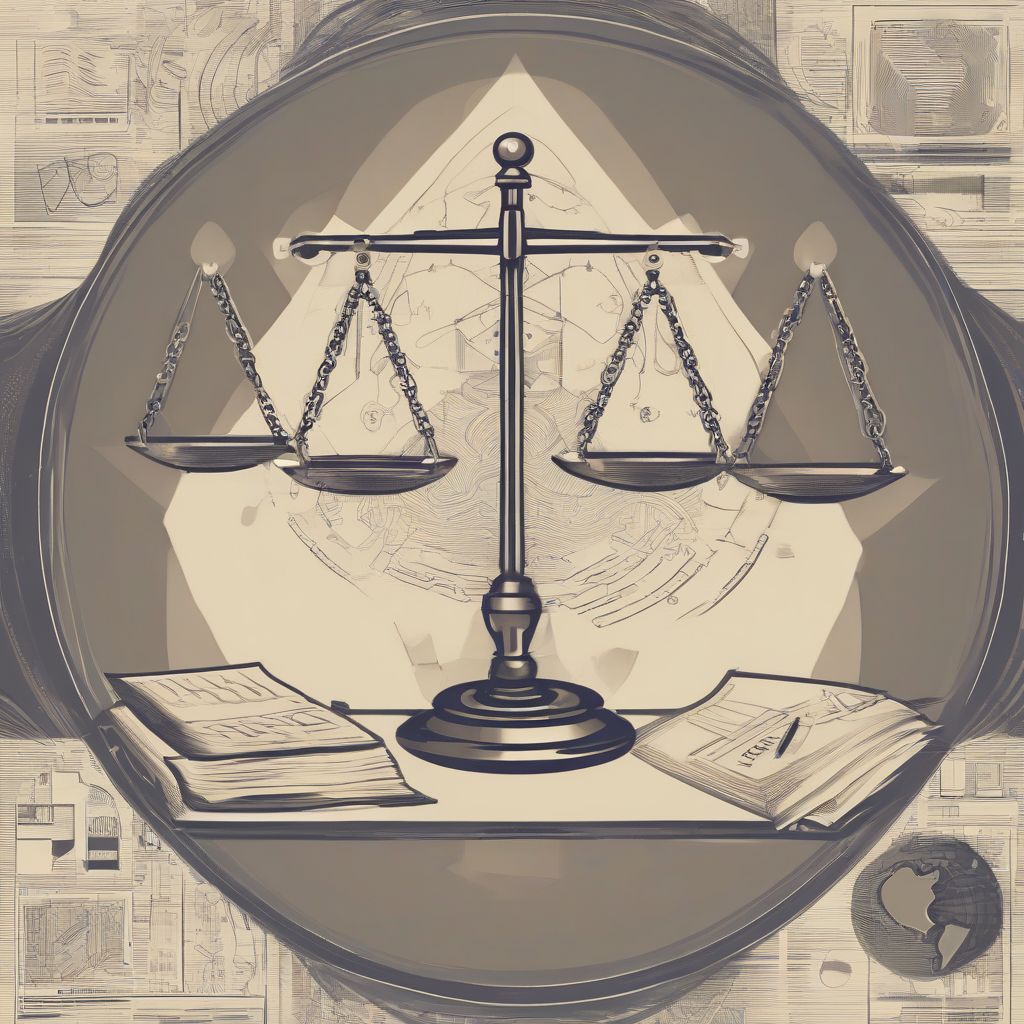Imagine a world where algorithms make life-altering decisions – from granting loans to diagnosing illnesses. This isn’t a sci-fi plot; it’s the reality artificial intelligence (AI) is weaving into our lives. As someone passionate about healthy living, I always emphasize balance. Similarly, the power of AI demands responsible development, ensuring this technology benefits humanity without compromising our values. That’s where regulatory frameworks for ethical AI deployment come in – they’re the guardrails guiding us toward a future where AI thrives ethically.
Deciphering the Importance: Why Regulate Ethical AI?
Unregulated AI is like a recipe missing key ingredients – the outcome is unpredictable and potentially harmful. Here’s why establishing robust regulatory frameworks is crucial:
- Protecting Human Rights: AI systems should never infringe upon fundamental human rights like privacy, fairness, and non-discrimination. Regulatory frameworks act as safeguards, preventing AI bias from perpetuating existing societal inequalities.
- Ensuring Accountability: When AI systems err, who’s responsible? Clear regulatory frameworks establish accountability, outlining consequences for AI developers and deployers who violate ethical guidelines.
- Fostering Trust and Transparency: Just like reading food labels helps you make informed choices, transparency in AI development and deployment builds public trust. Regulations can mandate explainable AI, ensuring users understand how algorithmic decisions are made.
Key Pillars of Ethical AI Regulatory Frameworks
While specific regulations vary globally, several key themes underpin ethical AI frameworks:
1. Fairness and Non-Discrimination
Imagine an AI hiring tool that consistently favors male candidates or a loan-approval algorithm biased against certain zip codes. This is where fairness and non-discrimination regulations are paramount. These frameworks aim to:
- Mitigate AI bias: Mandating data sets used to train AI are diverse and representative, minimizing discriminatory outcomes.
- Promote algorithmic transparency: Requiring companies to audit their AI systems for bias and disclose any disparities detected.
2. Privacy and Data Protection
AI thrives on data, but this data often belongs to individuals. Ethical AI frameworks prioritize data privacy, ensuring:
- Data minimization: AI systems only collect and process data absolutely necessary for their intended purpose.
- Informed consent: Individuals are aware of how their data is used and can opt-out of data collection.
- Data security: Robust measures are in place to protect personal data from breaches and misuse.
3. Transparency and Explainability
We deserve to understand how AI systems impacting our lives reach decisions. Transparency and explainability regulations address this by:
- Promoting “explainable AI”: Requiring AI developers to create systems that can provide clear, understandable explanations for their decisions.
- Establishing clear accountability: Defining who is responsible when AI systems produce incorrect or harmful outputs.
4. Safety and Security
Just like ensuring food safety is non-negotiable, AI systems must operate safely and securely. Regulations in this area focus on:
- Robust testing and validation: Mandating rigorous testing of AI systems before deployment to identify and mitigate potential risks.
- Ongoing monitoring: Requiring continuous monitoring of AI systems to detect and address emerging vulnerabilities or unintended consequences.
 Ethical AI Regulation
Ethical AI Regulation
Global Perspectives: A Glimpse into Existing Frameworks
Across the globe, nations are recognizing the urgency of establishing ethical AI guidelines:
- European Union: The EU’s General Data Protection Regulation (GDPR) lays the groundwork for data privacy, while its proposed AI Act focuses on risk-based AI regulation.
- United States: The US has adopted a more sector-specific approach, with regulations like the Algorithmic Accountability Act targeting bias in automated decision systems.
- China: China’s focus lies in promoting AI development while maintaining social control. Its Personal Information Protection Law (PIPL) aligns with GDPR principles.
Challenges and Opportunities on the Horizon
Navigating the ethical AI landscape presents ongoing challenges and exciting opportunities:
- Balancing innovation with regulation: Striking a balance between fostering AI innovation and implementing necessary safeguards will be crucial.
- International collaboration: As AI transcends borders, global cooperation is essential for developing consistent ethical standards.
- Evolving technology: Keeping pace with the rapid evolution of AI technology and adapting regulatory frameworks accordingly will be an ongoing process.
Our Collective Responsibility: Shaping an Ethical AI Future
The future of AI is not predetermined; it’s a path we forge collectively. Just as I guide individuals toward healthier lifestyles, we must all advocate for the responsible development and deployment of AI. By supporting ethical AI frameworks, engaging in informed discussions, and demanding transparency, we can ensure AI becomes a force for good in the world.
Let’s work together to ensure AI empowers humanity, upholds our values, and creates a future where technology and ethics coexist harmoniously. What are your thoughts on ethical AI and its regulation? Share your perspective in the comments below!
[amazon bestseller=”AI Ethics”]
For further exploration, delve into these insightful articles:
